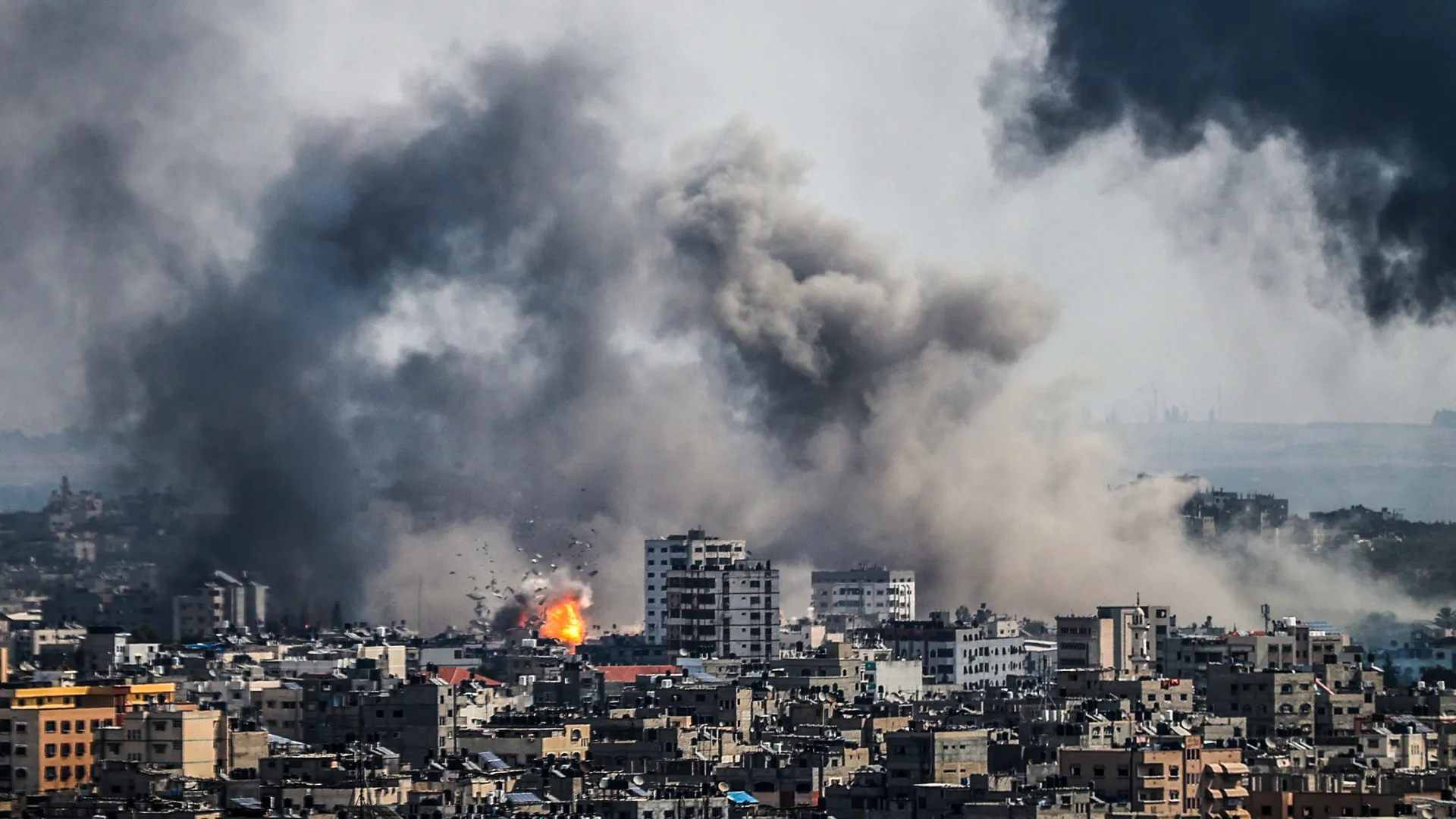Fighting rages in Gaza City’s Shujaiya for fourth day
Heavy battles and bombardment hit Gaza City’s Shujaiya district for a fourth day on Sunday, months after the Israeli army declared Hamas’s command structure dismantled in the northern area. Tens of thousands of Palestinians have fled the devastated neighbourhood, where the army said it has fought Hamas and Islamic Jihad militants both “above and below […]

Gaza
Heavy battles and bombardment hit Gaza City’s Shujaiya district for a fourth day on Sunday, months after the Israeli army declared Hamas’s command structure dismantled in the northern area.
Tens of thousands of Palestinians have fled the devastated neighbourhood, where the army said it has fought Hamas and Islamic Jihad militants both “above and below ground” in tunnels.
The military said troops had “eliminated several terrorists, located weapons and conducted targeted raids on booby-trapped combat compounds” over the past 24 hours while the air force had “struck dozens” of the militants’ infrastructure sites.
It also reported clashes in central Gaza and the southern Rafah area, a week after Prime Minister Benjamin Netanyahu declared that the “intense phase” of the war raging since October 7 was nearing an end.
- 2025 election: We have no zoning arrangement – Anambra APC
- Living wage: Honour your words, SSANIP charges Tinubu
The United Nations humanitarian agency OCHA estimated that “60,000 to 80,000 people were displaced” from Shujaiya since new fighting broke out there on Thursday and the army issued evacuation orders.
Months of on-and-off talks towards a Gaza truce and hostage release deal have meanwhile made little progress, with Hamas saying Saturday there was “nothing new” in a revised plan presented by US mediators.
United States President Joe Biden late last month outlined what he called an Israeli plan for a six-week truce and exchange of some hostages for Palestinian prisoners held in Israel.
Washington last week presented “new language” for parts of the proposed deal, according to US news site Axios.
A Hamas official in Lebanon, Osama Hamdan, confirmed that the Islamist movement had received the latest proposal but said it presented “no real progress in the negotiations to stop the aggression”.
Hamdan labelled the proposals “a waste of time” that aimed to give “additional time for the occupation (Israel) to practise genocide”.
‘Everything is rubble’
The war started with Hamas’s October 7 attack on southern Israel which resulted in the deaths of 1,195 people, mostly civilians, according to an AFP tally based on Israeli figures.
The militants also seized 251 hostages, 116 of whom remain in Gaza although the army says 42 are dead.
Israel’s retaliatory offensive has killed at least 37,877 people, also mostly civilians, according to data from the health ministry in Hamas-run Gaza.
Six more people were killed in an air strike at dawn targeting a family house in Rafah, said medics at Nasser Hospital where the bodies were taken.
Artillery shelling also struck southern areas of Rafah city, witnesses said.
United Nations and other relief agencies have voiced alarm over the dire humanitarian crisis and the threat of starvation the war and Israeli siege have brought for Gaza’s 2.4 million people.
“It’s really unbearable,” said Louise Wateridge from UNRWA, the UN agency supporting Palestinian refugees, speaking Friday after returning to the city of Khan Yunis.
“Everything is rubble,” she said. “And yet people are living there again… There’s no water there, there’s no sanitation, there’s no food. And now, people are living back in these buildings that are empty shells.”
In Israel, thousands of protesters again took to the streets of Tel Aviv on Saturday night, demanding greater efforts to return the remaining captives, and calling for early elections.
Former hostage Noa Argamani, 26, who was rescued in a special forces raid on June 8, said in a video address that “we can’t forget about the hostages who are still in Hamas captivity, and we must do everything possible to bring them back home”.
